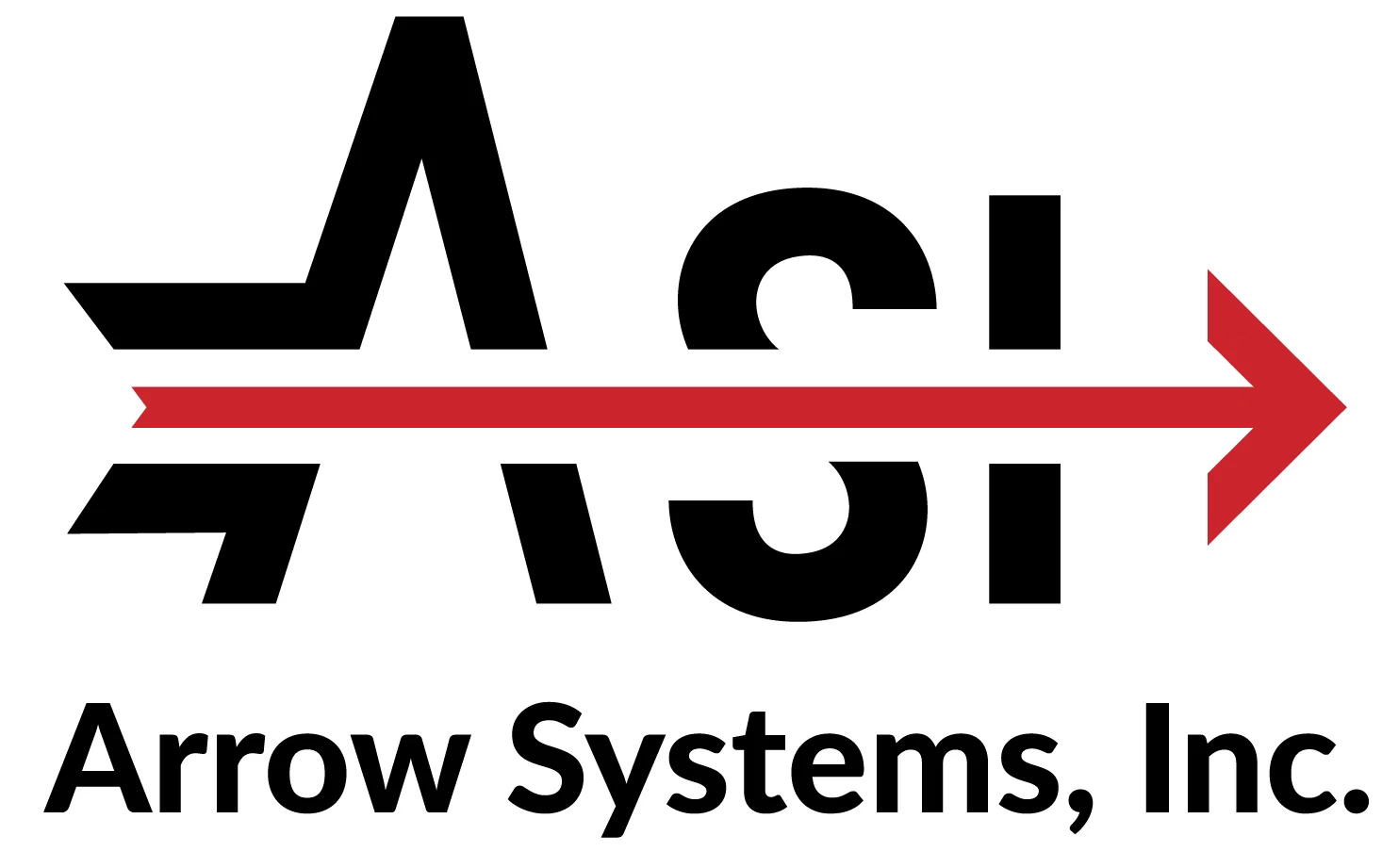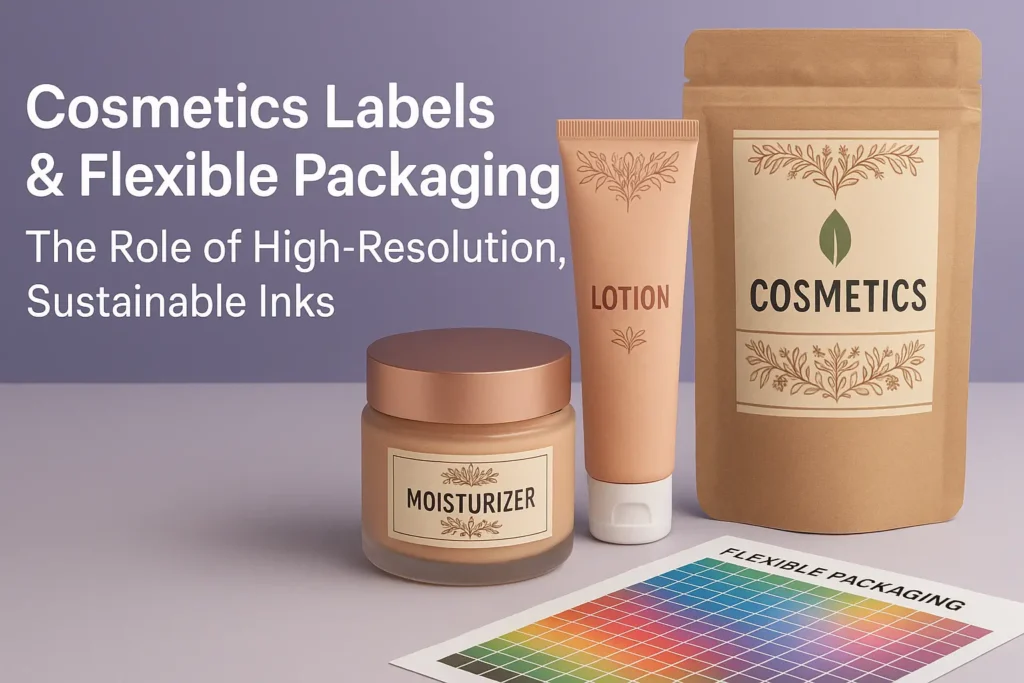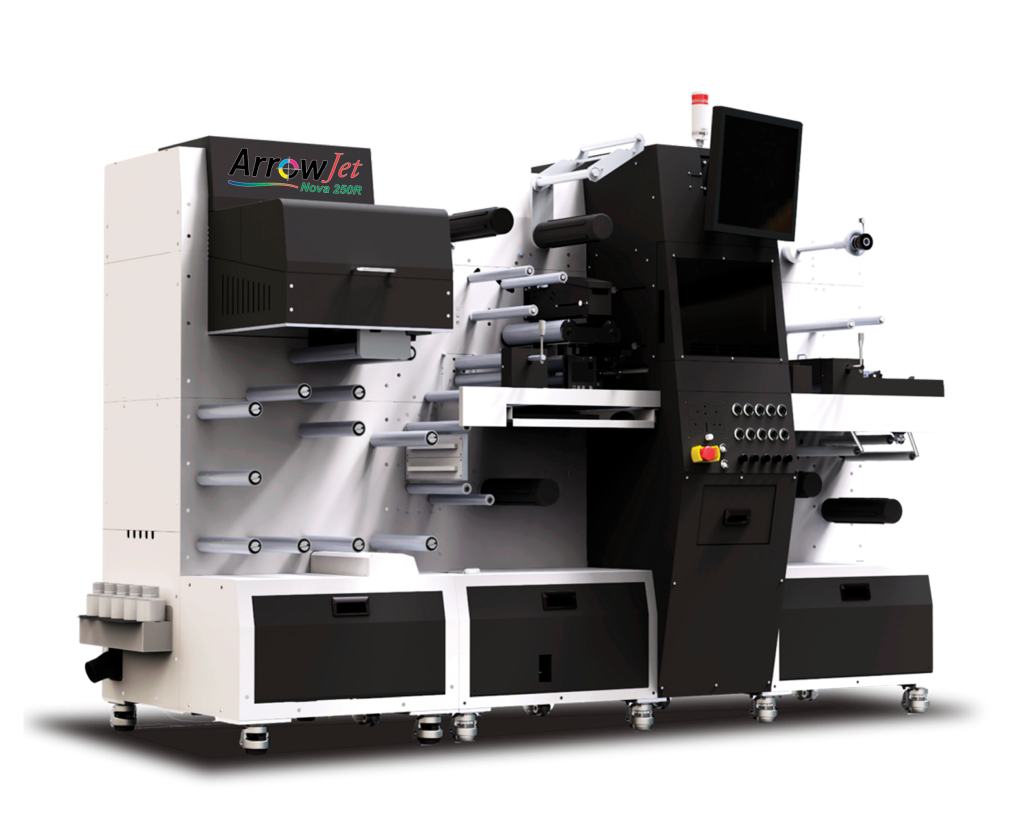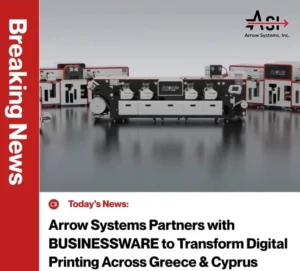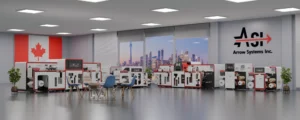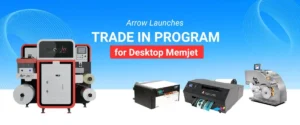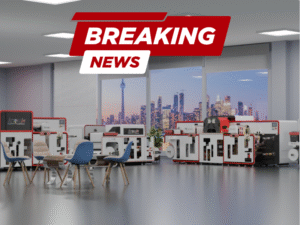Aspect | What brands demand | How Nova 250R / 330R address it |
Print Quality | High resolution, sharp detail, vibrant color, consistency across batches | Both machines offer 1600×1600 dpi resolution. Nova 330R uses Memjet DuraFlex engine for stable, high fidelity color. Nova 250R’s inline Memjet inkjet + laser die-cutting ensures clean edges. |
Finishing & Shape Complexity | Unique die-cut shapes, perforations, half cuts, sticker/cut-outs, custom geometries | Inline laser die-cutting (full, half, perforation, marking, scribing) built in. Cut-to-part for stickers on Nova 250R; Nova 330R with laser finishing system. |
Ink Safety / Regulatory Compliance | Safe for skin contact or proximity, compliant with regional/global safety systems, low VOCs, minimal migration | Water-based inks, pigment options, Nestlé Guidance compliance, cartridges or bulk ink systems reducing potential contamination, better control over chemistry. |
Material / Substrate Versatility | Want to use paper, PE, PP, PET, maybe bio-materials, laminates, foils, films; also ability to apply coatings / lamination | Nova 330R supports laminator, treatments; Nova 250R has overprinting systems. Both support varied substrates. Novas accept thinner or thicker substrates depending on configuration. |
Eco / Sustainability | Reduce waste, use renewable/recyclable materials, lower environmental impact of inks & coatings | Less coating weight needed (Nova 330R), water-based inks (lower VOCs, safer disposal), inline finishing reduces waste, dual rewinders, efficient job changeover reducing scrap. |
Turnaround & Flexibility | Short runs, custom jobs, seasonal packaging, frequent design changes, minimal lead time | Inline systems; job-changeover, barcode reader options; cut to part; ability to print + cut in one pass. Nova 250R: smaller width so more nimble for smaller jobs; Nova 330R: higher capacity for larger runs but still flexible. |
